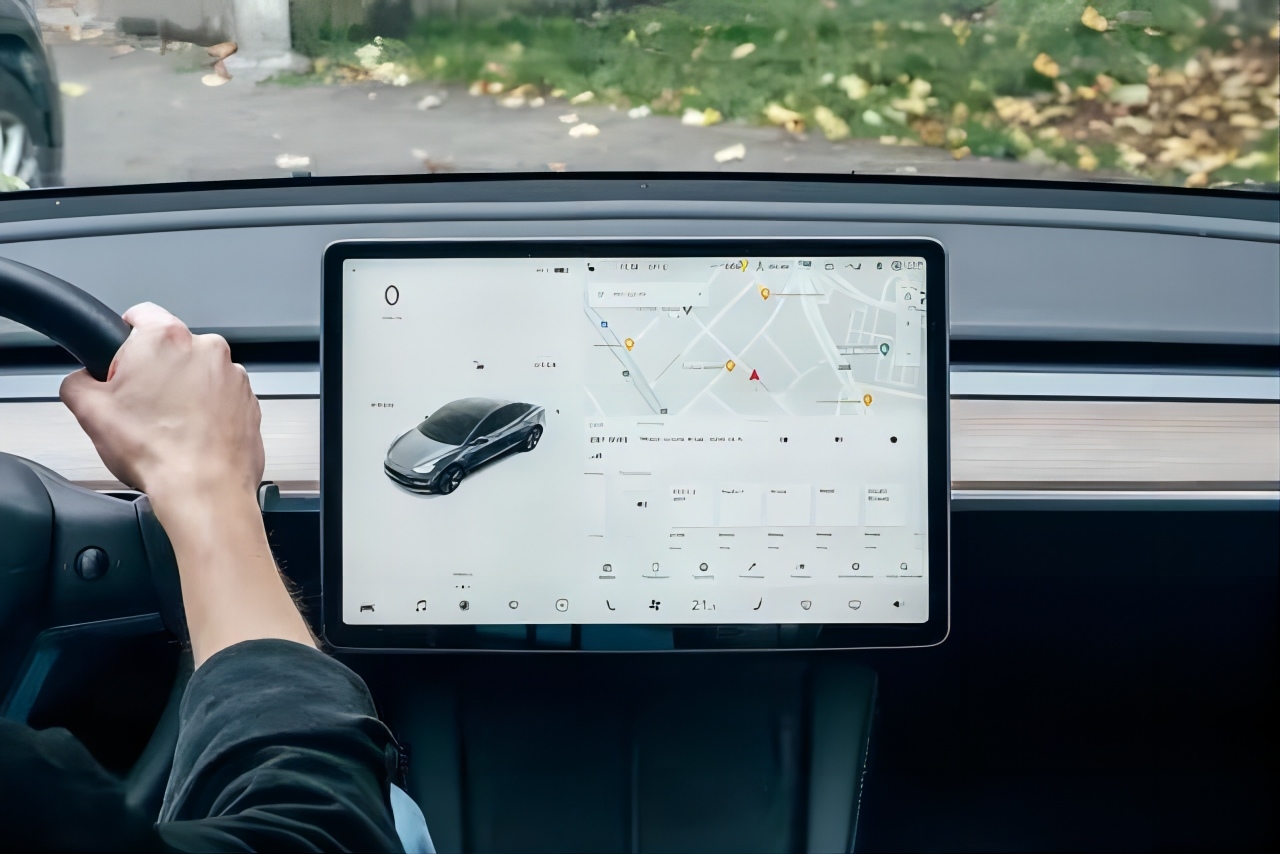
Home Testing & Technical Service2 6 axis Research: The impact of on-board compute…
On January 15, IT Home reports: widespread adoption of autonomous vehicles would introduce another source of uncounted carbon emissions - the computer brains that power them, potentially surpassing current emissions from the world's data centers, according to a new study by researchers from the Massachusetts Institute of Technology (MIT).

It assumes, of course, that autonomous vehicles can achieve L4 or L5 autonomy, but three MIT researchers say the framework they've built for simulating the carbon emissions of computers in autonomous vehicles (AV) should arouse people’s attention to hidden carbon costs and help the auto industry plan for a greener future.
MIT researchers say, if autonomous vehicles gain up to 95% of the market share by 2050, assuming the world's 1 billion autonomous vehicles drive an average of one hour a day using an 840W computer, which, just for one year, would produce the equivalent of the total carbon emissions of the world's data centers in 2018.
IT Home learns that according to the data of International Energy Agency, the global data center accounted for 0.3% of the global carbon emissions in 2018, which is equivalent to the emissions of the entire country of Argentina.
The researchers also finds, in more than 90% of the simulation scenes, in order not to make the emissions of autonomous vehicle not exceed that of the current data center, each vehicle must use an on-board computer with less than 1.2 kW power, which will require more efficient hardware. If 95% of the world's vehicles are autonomous in 2050, the calculation workload will double every three years, and the world will continue to decarburize at the current speed, on such basis, the hardware efficiency needs to be doubled at least every 1.1 years to keep the emissions below that level.
Researchers establish a framework to explore the operational emissions of computers in the global electric vehicle fleet. These electric vehicles are completely autonomous, which means they do not need any backup human driver.
It’s worth mentioning that each variable in the research model contains many uncertainties. For example, some studies show that the driving time of autonomous vehicle may increase, people can handle other things while driving, so young and old people can drive for a longer time. However, some studies shows that the driving time may be reduced, because the algorithm can find the best route, so that people can reach the destination faster.
In addition to considering these uncertainties, researchers also need to model advanced computing hardware and software that do not exist at present. In order to achieve this goal, they model the workload of a popular algorithm for autonomous vehicles. This algorithm is called multi-task deep neural network, because it can perform many tasks at the same time. They discussed how much energy would be consumed if this deep neural network processed high frame rate and high resolution input from many cameras at the same time.
When using probabilistic models to explore different scenarios, the researchers are surprised that the algorithm's workload increased so quickly. For example, if an autonomous car has 10 deep neural networks processing images from 10 cameras and the vehicle is driven for one hour per day, it will make 21.6 million inferences every day, and 1 billion vehicles will make 216 quadrillion inferences. From this perspective, Facebook makes trillions of inferences every day in all data centers around the world (1 quadrillion equals 1000 trillions).
In addition, their model only considers computers and does not take into account the energy consumed by vehicle sensors or the emissions generated in the manufacturing process.
One way to improve computing efficiency may be to use more specialized hardware, which is designed to run specific driving algorithms. In addition, researchers could also make the algorithm more efficient in the future, requiring less computing power.
Researchers say, they hope they hope automakers will consider emissions and carbon efficiency as important metrics to take into account in their designs.
Phone:+86 18522163670
Email:sales@devauto.com
Add:No. 8 Sixth Road, North District, Jinghai Economic Development Zone, Tianjin